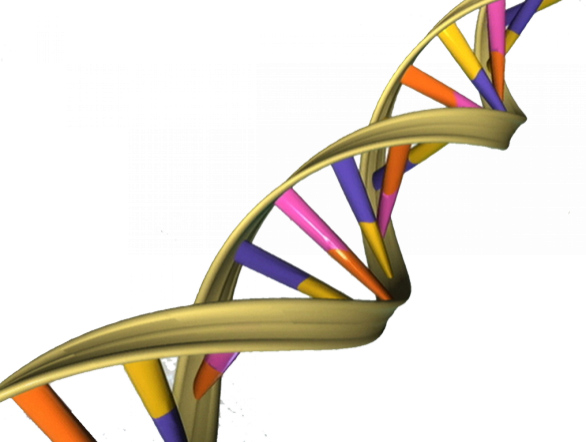The Week In Science: Autism Test A Dud, NASA Shoots The Moon, Doomed Frog

This week in science, we learned that our allergic reaction to bee stings may actually be part of a defense mechanism, heard about a new radar system based on dolphins’ hunting techniques, and caught a glimpse of the farthest galaxy ever discovered. But there’s even more findings and discoveries to explore – here’s a roundup of what we missed:
Arctic temperatures have reached staggering record highs. A new study estimates that over the last 100 years, average summer temperatures in the Canadian Arctic are the highest they’ve been in the last 44,000 years – maybe even the highest in 120,000 years. [LiveScience]
Last year, a team of Australian scientists claimed to have developed a genetic test for a person’s risk for autism-spectrum disorders. But when a team led by researchers from Massachusetts General Hospital checked their work, it seemed to be faulty. The MGH scientists checked the 30 single nucleotide polymorphisms, or SNPs – mutations that change a single letter in a person’s genetic code – that the Australian team said were most important in predicting autism risk, but found they were no better than random chance at identifying risk for autism. [The Scientist]
You probably wouldn’t think that two coyotes could take down a 440-pound moose. But you’d be wrong. A new study shows that coyotes, as well as coyote-wolf hybrids, can definitely bring down a moose from time to time. [CBC.ca]
NASA recently shot a laser at the moon! No, the space agency hasn’t been taken over by supervillains – they’re just testing their newest communication-system prototype. Sending data by laser beam proved to be much speedier than the usual radio-frequency methods – NASA was able to download data six times faster than its most recent state-of-the-art lunar-radio system. [Los Angeles Times]
Talk about splitting hairs! To demonstrate the ease of zero gravity, International Space Station astronaut Karen Nyberg recorded a video where she used a single strand of hair to push off and float away inside the space station:
Populations of Britain’s most endangered species have dropped by about 60 percent in the last 40 years, according to new research. The findings confirm a previous report that found turtle doves and certain butterfly species are in a precipitous decline. [The Telegraph]
More than 400 new species have been found in the Amazon rain forest. The list includes a passion flower with purple, spaghetti-like tendrils; a burnished serpent; a purring monkey; and a tiny frog. The “thimble frog” may have been discovered too late to save it -- scientists think it is highly endangered, and dubbed it Allobates amissibilis – Latin for “that which may be lost.” [National Geographic]
© Copyright IBTimes 2024. All rights reserved.





















